Step into our research submarine and come face to face with native RAYS!
Interact with the multi-sensory touchpoints to learn more about other sea creatures from the UK coast line and find out how to get involved in the amazing conservation projects SEA LIFE supports!
Under the Ray-dar!
The area also enlightens the positive effect from wind farms and their surprising new marine protection zones. We encourage our guests to get involved in the great egg case hunt and the importance of conservation for the native creatures we have living on our doorstep and around the UK coastline!
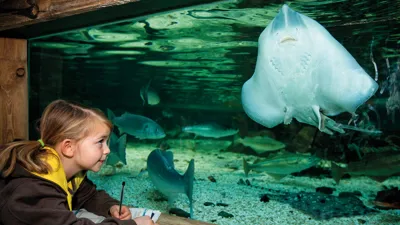
Did you know?
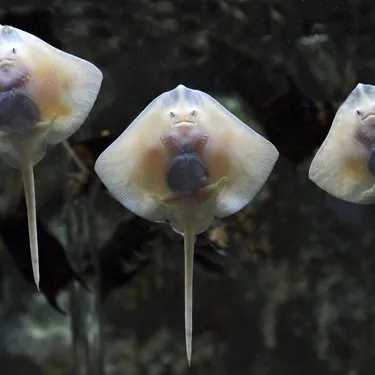
Babies
When they are born, baby rays are so small and see-through that their gills and stomach are visible through their skin!
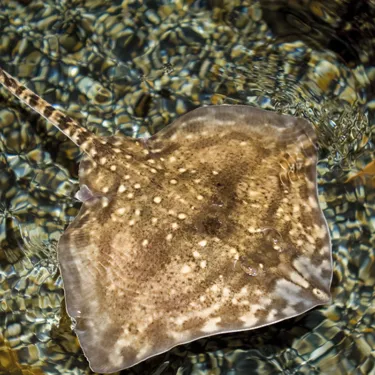
Endangered Rays
Sadly Undulate Rays are now Endangered off the coast of the UK due to overfishing.
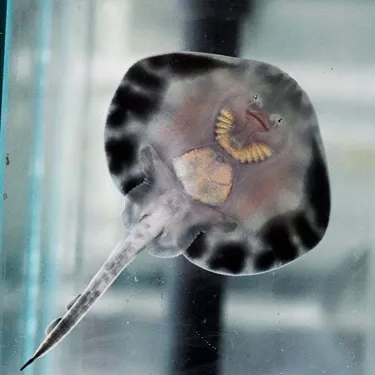
Breeding
SEA LIFE Great Yarmouth is part of a national Undulate Ray breeding program and has already welcomed a number of healthy, baby Undulate Rays into the world.
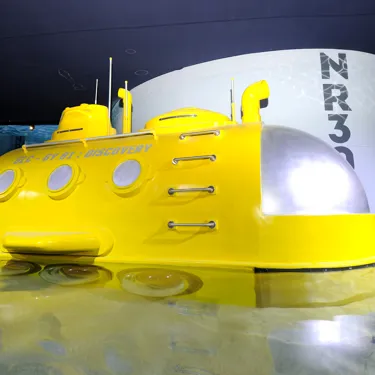
Yellow Submarine
Step into our research submarine and come face to face with native rays. Plus, don't miss seeing the juvenile baby thornback rays!
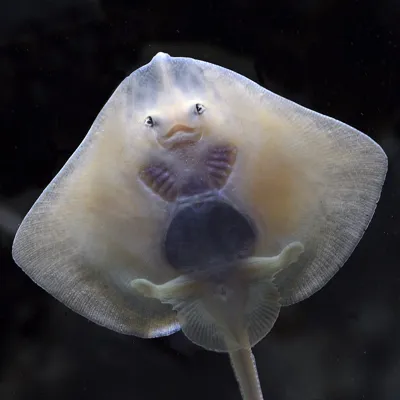
Native Rays
Native Rays are very well adapted for life on the sea bed; They have flattened bodies so they can easily hide under the sand and their bulbous eyes poke out to spot any tasty prey swimming past. To catch their food, they will leap out of the sand and trap it under their huge wings. With their mouth full of crushing teeth located underneath them it is easy for them to quickly grab and consume their prey.
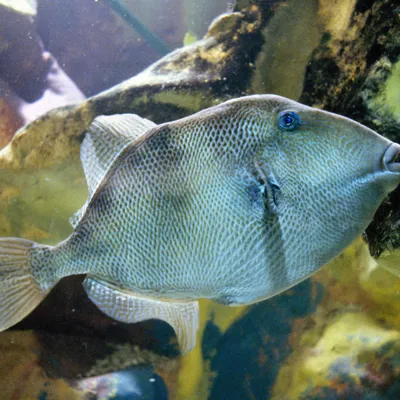
Triggerfish
In Under the Ray-dar tank, you'll also spot our Triggerfish. Triggerfish have powerful beak-like jaws with which they use to prey on small crabs and shellfish. The males build a “nest” in the sand for the females to lay her eggs in and he will then take care of them until they hatch.